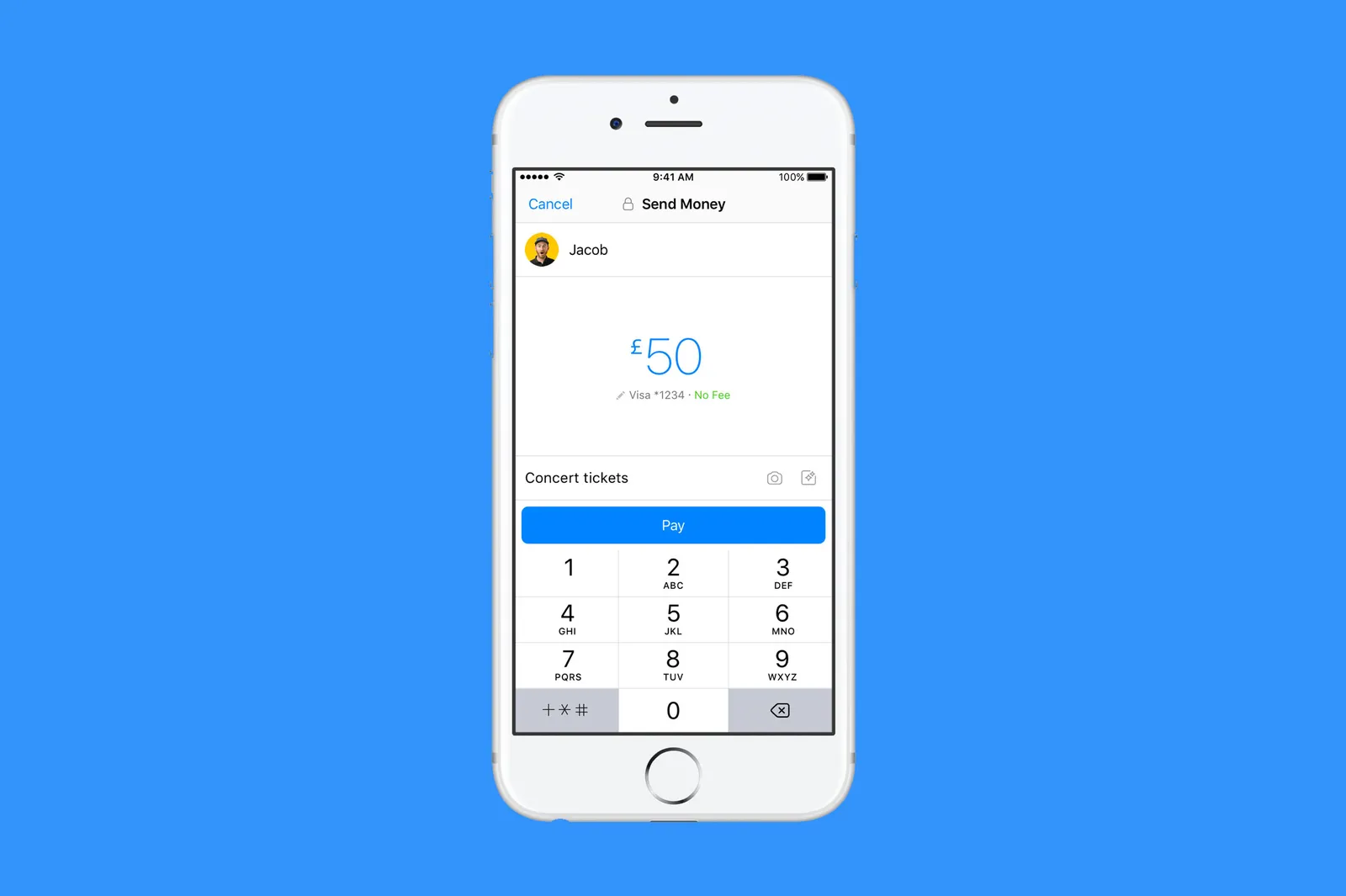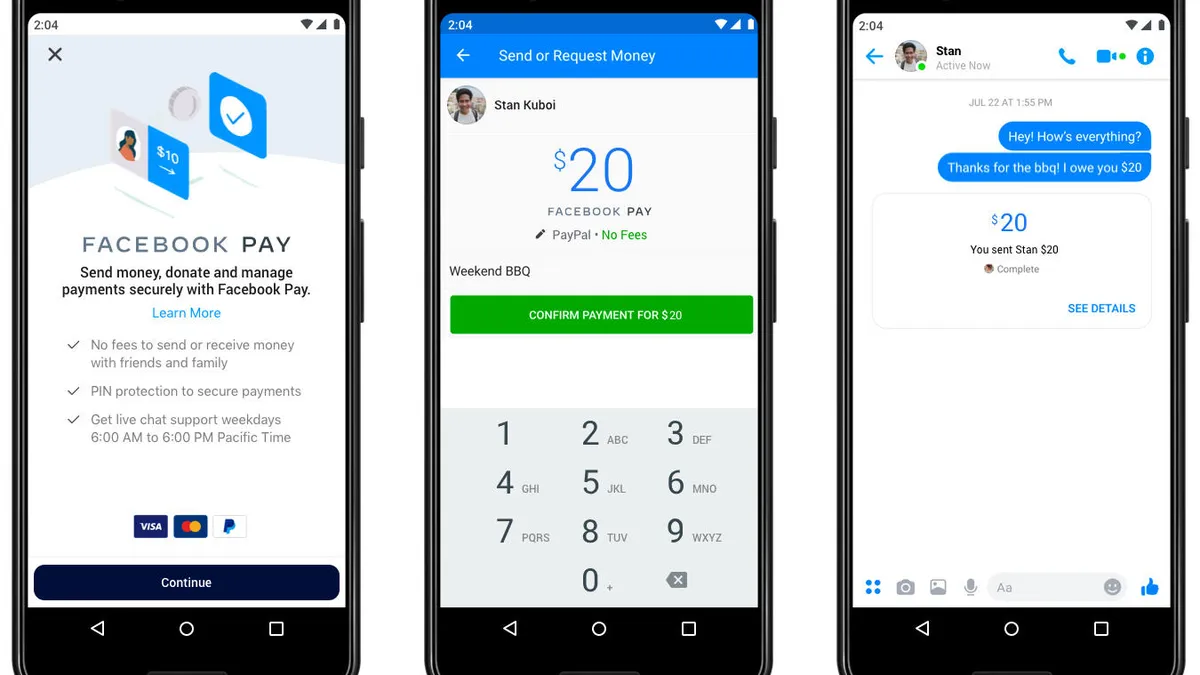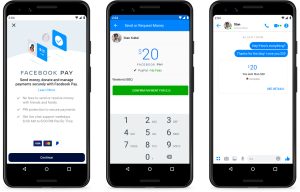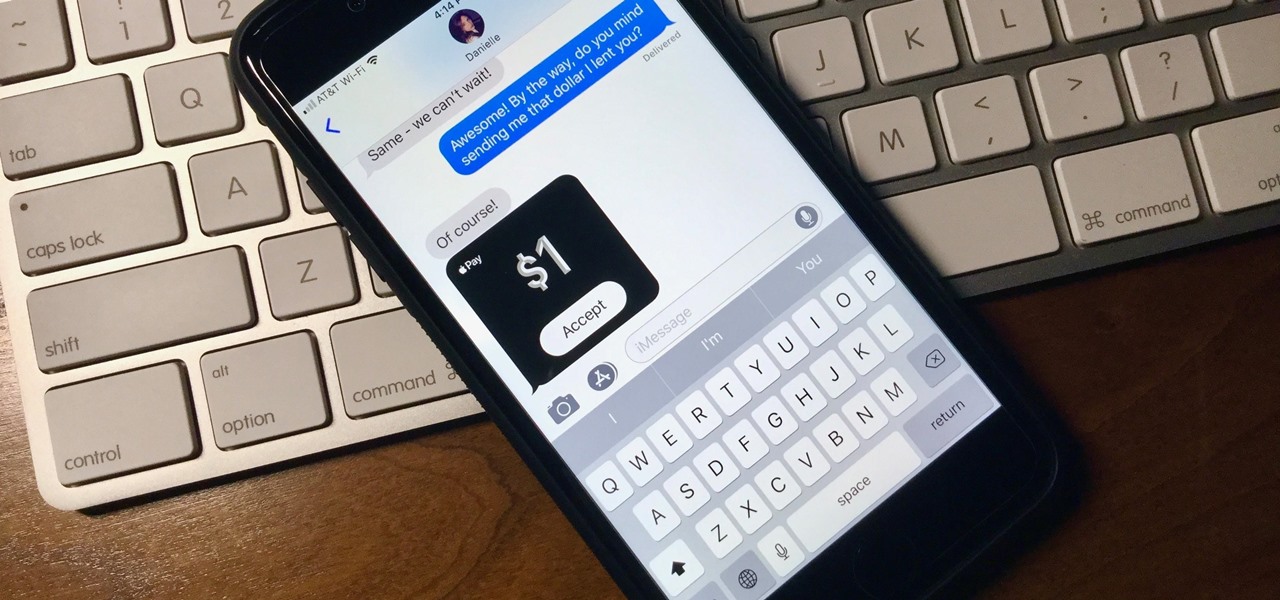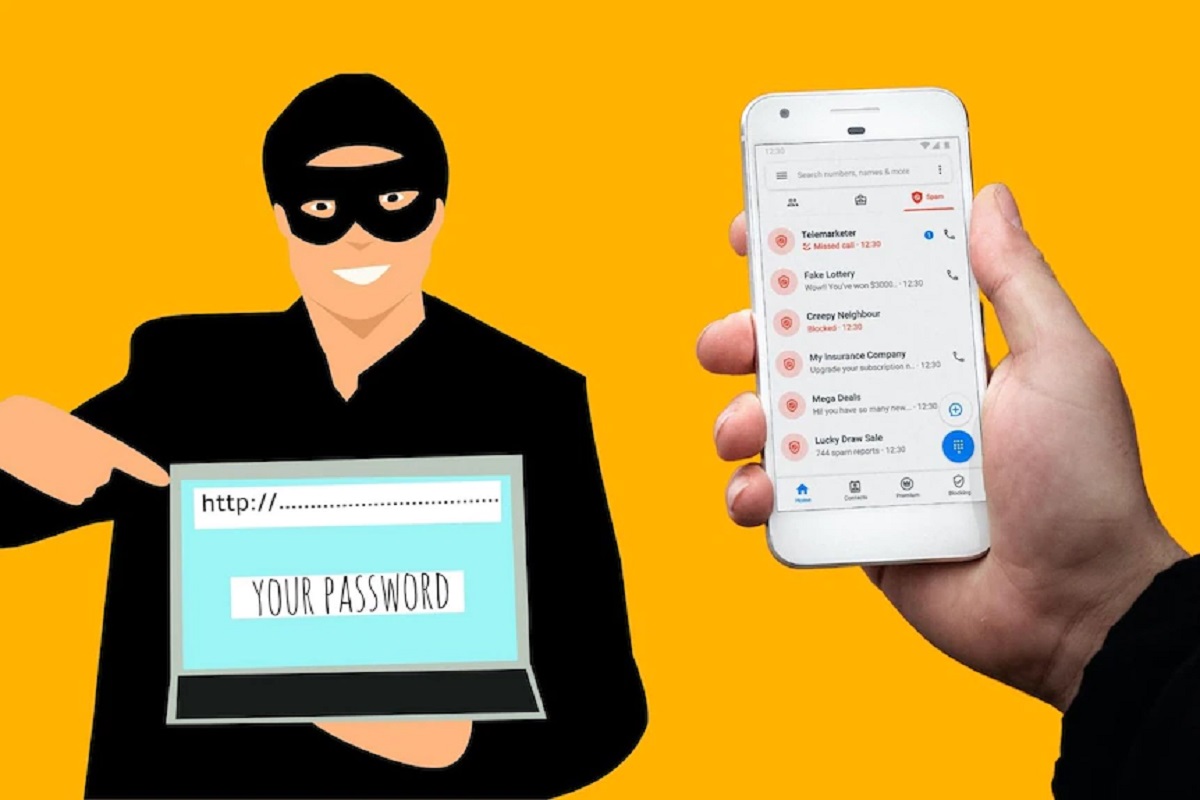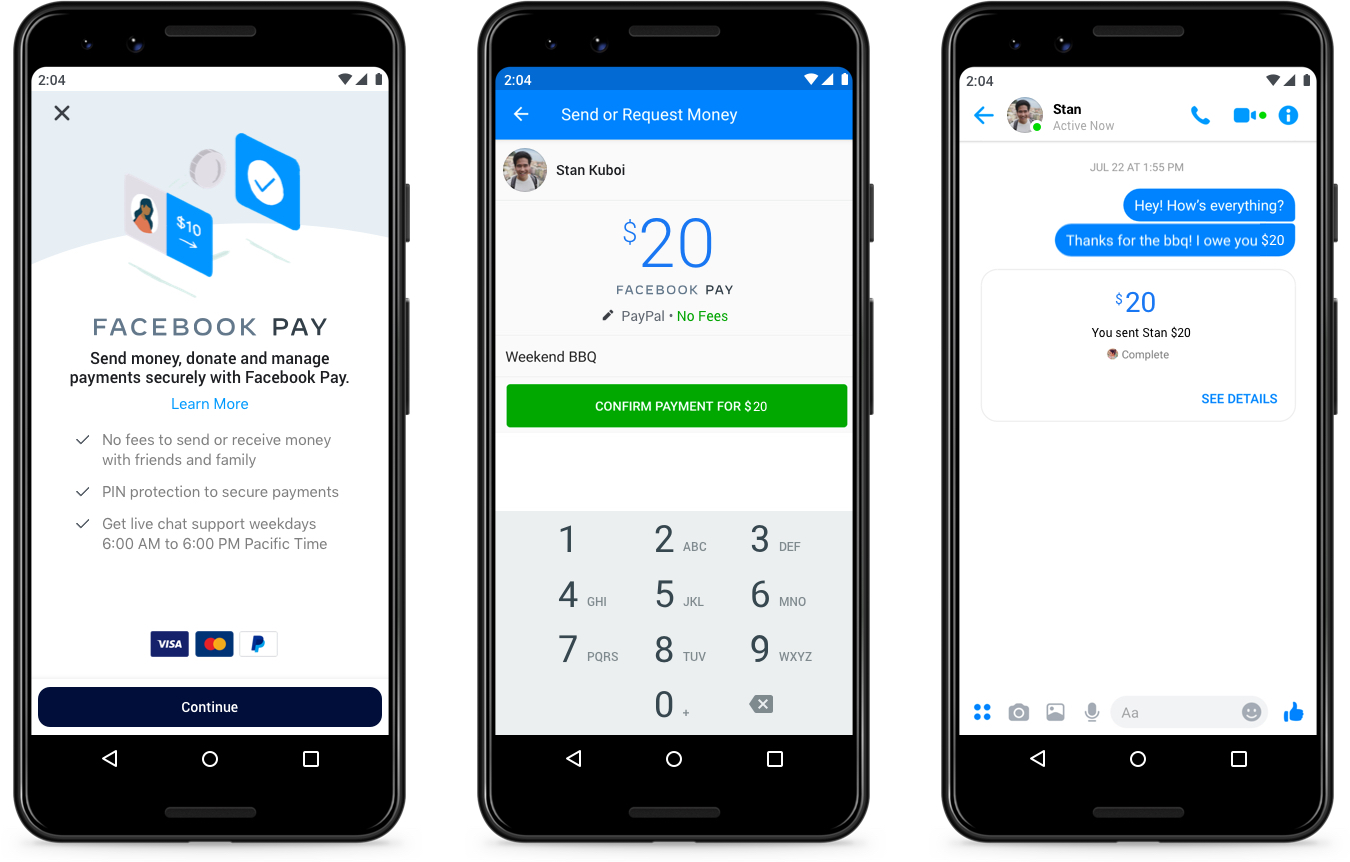Introduction
Welcome to the world of digital transactions! These days, it seems like there are countless ways to send and receive money online. One popular method is through Facebook Pay, a payment feature offered by the social media giant, Facebook.
Facebook Pay is designed to make money transactions convenient and seamless for users across the globe. Whether you want to pay for goods and services or simply send money to a friend or family member, Facebook Pay offers a secure and efficient way to do so.
In this article, we will dive into the world of Facebook Pay and explore how much money you can send using this payment feature. We will break down the limits, fees, and security measures associated with sending money via Facebook Pay, as well as offer tips on how to increase your sending limits.
Before we get into the nitty-gritty details, let’s first take a general overview of how Facebook Pay works and the benefits it offers.
Overview of Facebook Pay
Facebook Pay is a convenient and secure payment feature offered by Facebook that allows users to send and receive money digitally. It is available to Facebook users on both the desktop platform and the mobile app, making it accessible to a wide range of people.
With Facebook Pay, users can link their debit or credit cards, as well as their PayPal accounts, to their Facebook account. This provides a convenient way to make purchases, donate to fundraisers, and send money to friends and family without the hassle of entering payment information every time.
One of the significant advantages of using Facebook Pay is its seamless integration with other Facebook features. For example, if you sell products or services through Facebook Marketplace, you can easily receive payments directly through Facebook Pay. Additionally, if you participate in Facebook Fundraisers, you can donate money effortlessly using this payment feature.
Another key benefit of Facebook Pay is its compatibility across various Facebook-owned platforms. This means that if you have Facebook Pay set up on one platform, such as Facebook Messenger, it will also be available for use on other platforms like Instagram and WhatsApp.
When it comes to security, Facebook Pay takes user privacy seriously. The payment feature is protected by multiple layers of encryption and advanced fraud detection systems, ensuring that your financial information is secure. Plus, Facebook Pay offers the option to add a PIN or use biometric authentication, such as Fingerprint or Face ID, for an extra layer of security.
In the next sections, we will explore the specific details of sending money with Facebook Pay, including the limits on sending money, fees associated with transactions, and the security measures in place to protect your financial information.
Sending Money With Facebook Pay
Facebook Pay makes sending money to friends, family, or businesses a simple and efficient process. To initiate a money transfer, follow these steps:
- Open the Facebook app on your mobile device or visit the Facebook website on your desktop.
- Navigate to the Messenger feature, which is represented by a speech bubble icon at the top of the screen.
- Select the person or business you want to send money to from your contacts list or search for their name.
- Tap on the dollar sign ($) icon located at the bottom of the Messenger screen.
- Enter the amount you wish to send and add any necessary notes or descriptions for the transaction.
- Choose the payment method you want to use for the transaction – this could be a linked debit or credit card, or your PayPal account. If you haven’t linked a payment method yet, you will be prompted to do so.
- Review the details of the transaction and, once you’re satisfied, tap the ‘Pay’ button to complete the transaction.
After the transaction is successfully processed, both the sender and the recipient will receive a confirmation of the payment in their Messenger conversation.
It’s important to note that while Facebook Pay is an efficient way to send money, it is primarily designed for personal transactions between individuals. If you’re looking to make business transactions or receive payments for goods and services, it’s recommended to set up a Facebook Business account and utilize the appropriate features for those purposes.
Now that we understand how to send money using Facebook Pay let’s dive into the limits that are in place to ensure secure and responsible transactions.
Limits on Sending Money
When using Facebook Pay to send money, there are certain limits in place to ensure secure and responsible transactions. These limits may vary based on factors such as your account activity, verification status, and country of residence. Here are the general limits for sending money with Facebook Pay:
- Daily Limits: By default, the daily limit for sending money with Facebook Pay is $2,500 USD. This means that you cannot send more than $2,500 USD in a single day using this payment feature.
- Weekly Limits: The weekly limit for sending money is set at $10,000 USD. This limit is calculated based on a rolling seven-day period.
- Monthly Limits: Facebook Pay also imposes a monthly limit on sending money, which is set at $20,000 USD. Similar to the weekly limit, the monthly limit is calculated based on a rolling 30-day period.
It’s important to keep in mind that these limits are subject to change and may vary depending on your account’s verification status and geographic location. Additionally, the limits may differ for businesses using Facebook Pay for commercial transactions.
If you reach your sending limit, you will not be able to send additional funds using Facebook Pay until the limit resets. However, you can still receive money from others even if you’ve reached your sending limit.
Now that we understand the limits associated with sending money with Facebook Pay, let’s explore how you can increase these limits to better suit your financial needs.
How to Increase Sending Limits
If you find yourself reaching the sending limits with Facebook Pay and need to increase them, there are steps you can take to potentially raise your limits. Here are some ways to increase your sending limits:
- Confirm your identity: Verifying your identity with Facebook can help increase your sending limits. To do this, go to the Settings section of your Facebook account and complete the identity verification process. This may require submitting additional documentation or information.
- Link a bank account: By linking a verified bank account to your Facebook Pay, you may be able to increase your sending limits. This adds an extra layer of trust and security to your transactions.
- Build a transaction history: Engaging in frequent and consistent transactions with Facebook Pay can help establish a positive transaction history, which may lead to higher sending limits over time.
- Contact Facebook Support: If you have specific reasons for needing higher sending limits or if you encounter any issues with your current limits, you can reach out to Facebook Support for assistance. They may be able to offer personalized guidance or provide further options to increase your limits.
Remember that the availability and process for increasing sending limits may vary depending on your location and account status. It’s always a good idea to consult the official Facebook Pay documentation or contact Facebook Support directly for the most accurate and up-to-date information.
Next, let’s discuss the fees associated with using Facebook Pay to send money.
Fees for Sending Money
Using Facebook Pay to send money comes with certain fees, although the exact structure may vary based on your location and the specific transaction. Here are some key points to know about the fees associated with sending money through Facebook Pay:
- Personal Transactions: In general, personal transactions made between individuals using Facebook Pay are free of charge. This means that if you’re sending money to a friend or family member, you won’t incur any fees for the transaction.
- Business Transactions: However, if you’re engaging in business transactions or making purchases from businesses through Facebook Pay, there may be fees involved. These fees can vary based on factors such as the nature of the transaction, the location of the business, and any additional services provided.
- Currency Conversion: If you’re sending money in a currency different from your own, Facebook Pay may charge a fee for currency conversion. The specific fees and exchange rates will be displayed before you confirm the transaction.
It’s essential to note that while Facebook Pay strives to keep fees transparent, it’s a good idea to review the detailed fee structure provided by Facebook for your specific location and transaction type.
Now that we understand the fees associated with sending money through Facebook Pay, let’s delve into the security and privacy measures in place to protect your financial information.
Security and Privacy Measures with Facebook Pay
When it comes to handling financial transactions, security and privacy are of utmost importance. Facebook Pay prioritizes the protection of your financial information by employing robust security measures. Here’s an overview of the security and privacy measures implemented with Facebook Pay:
- Encryption: Facebook Pay uses industry-standard encryption technology to safeguard your payment information. This ensures that your financial data is transmitted securely and cannot be intercepted or accessed by unauthorized individuals.
- Fraud Detection: Facebook Pay incorporates advanced fraud detection systems to detect and prevent fraudulent activities. These systems analyze transaction patterns and behavior to identify any suspicious or potentially fraudulent transactions.
- Optional Security Features: In addition to encryption and fraud detection, Facebook Pay offers optional security features for added protection. Users can choose to set up a PIN or use biometric authentication, such as Fingerprint or Face ID, to authenticate transactions and protect their account from unauthorized access.
- Privacy Controls: Facebook Pay is designed to respect your privacy. The payment feature operates separately from the regular Facebook social platform, and your payment activities are not shared with other users unless explicitly authorized by you.
It’s essential to note that while Facebook Pay implements robust security measures, it’s always advisable to practice safe online habits. This includes regularly updating your account password, using strong and unique passwords, and being cautious of suspicious messages or requests regarding your financial information.
If you ever encounter any security concerns or suspect unauthorized activity on your Facebook Pay account, you should report it to Facebook immediately for further investigation and resolution.
Now that we understand the security and privacy measures in place with Facebook Pay, let’s wrap up our exploration of this payment feature.
Conclusion
Facebook Pay offers a convenient and secure way to send money to friends, family, and businesses. With its seamless integration into Facebook’s ecosystem, it provides users with a hassle-free way to make payments and transactions.
In this article, we explored the various aspects of sending money with Facebook Pay. We discussed how to initiate a money transfer, the limits on sending money, and how to potentially increase those limits. We also delved into the fees associated with using Facebook Pay and the security and privacy measures in place to protect your financial information.
While Facebook Pay strives to provide a safe and efficient payment experience, it’s important to remember to practice good online security habits and stay vigilant against potential threats. Regularly reviewing your transactions, updating passwords, and being cautious with sharing personal information are essential precautions to take.
Whether you’re using Facebook Pay to split a dinner bill with friends or supporting a local business through an online purchase, this payment feature offers a convenient way to handle your finances within the Facebook ecosystem.
As technology continues to advance, digital payment systems like Facebook Pay are becoming increasingly prevalent. By understanding how to navigate these platforms safely and responsibly, you can take full advantage of the convenience and benefits they offer.
So, the next time you need to send money, consider using Facebook Pay and enjoy the convenience of seamless transactions within the familiar Facebook environment.







